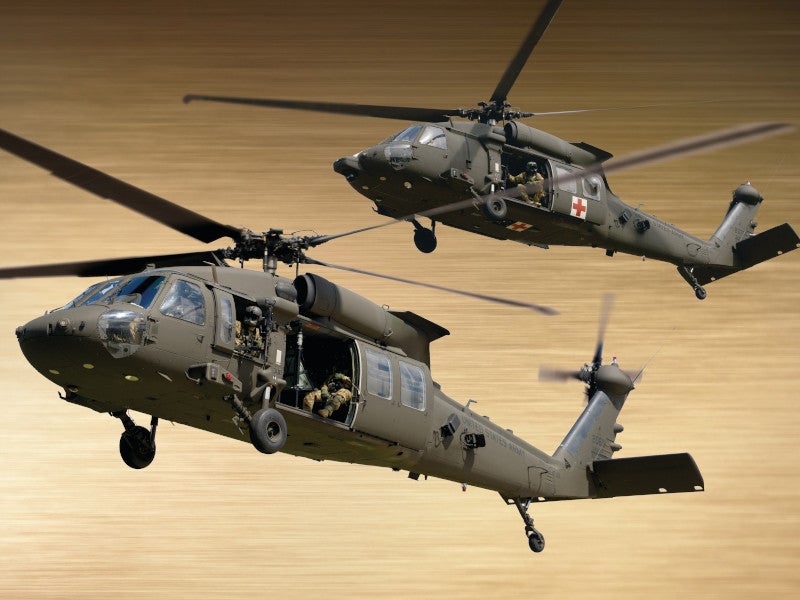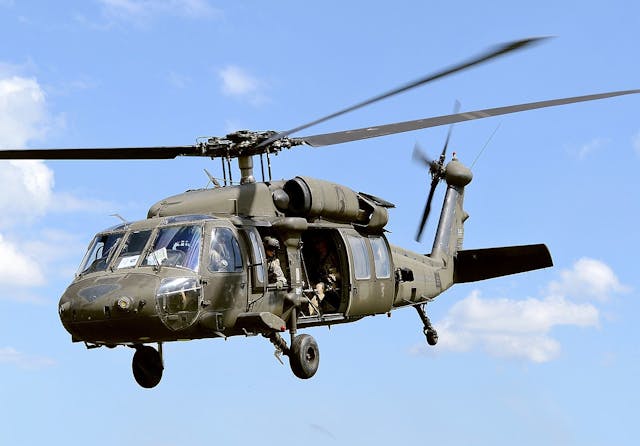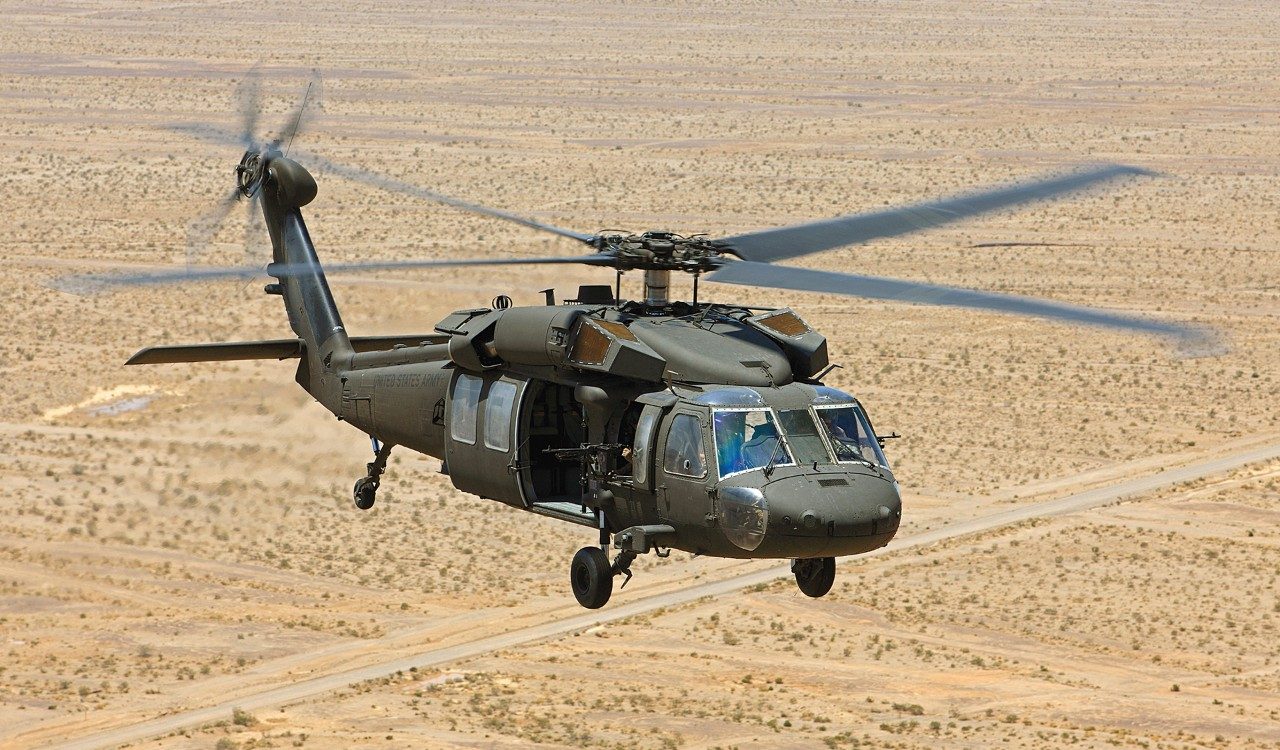UH 60 Black Hawk: From Principle to Contemporary Applications
UH 60 Black Hawk: From Principle to Contemporary Applications
Blog Article
Exploring the Ingenious Modern Technology Behind Airplane Layout and Engineering
The field of aircraft style and engineering is seeing a transformative shift driven by ingenious technologies that improve effectiveness, sustainability, and performance. Advanced products such as carbon fiber compounds and titanium alloys are setting new requirements, while wind resistant technologies and synthetic intelligence are streamlining procedures and boosting outcomes. As the market grapples with the obstacles of ecological responsibility, growths in sustainable aeronautics modern technologies guarantee to improve the future. The implications of these developments extend past efficiency metrics; they may redefine the actual nature of air traveling. What might this mean for the industry as a whole?
Advanced Materials in Airplane Design
Just how can the integration of sophisticated materials change airplane design? The incorporation of advanced products, such as carbon fiber composites, titanium alloys, and advanced ceramics, plays a critical function in boosting aircraft efficiency and efficiency.
Furthermore, innovative materials display improved resistance to rust and exhaustion, causing reduced upkeep prices and extensive life span. For instance, making use of titanium in essential components helps endure extreme temperature levels and stress and anxieties, while carbon fiber composites supply flexibility in style and production procedures. This flexibility permits for even more aerodynamic shapes, contributing to remarkable efficiency features.
In addition, the integration of clever products, which can alter residential properties in action to outside stimulations, opens brand-new opportunities for adaptive systems in airplane layout. uh 60. These advancements promise not only to improve security and functional effectiveness however also to add to sustainability efforts by reducing environmental impact via minimized discharges. In summary, progressed materials are redefining the landscape of airplane style, leading the way for extra effective, durable, and eco-friendly aviation options
Aerodynamic Advancements for Performance
Wind resistant developments play a pivotal role in improving airplane effectiveness, dramatically influencing gas consumption and total efficiency. Advances in airfoil layout, such as the introduction of supercritical wings, permit enhanced lift-to-drag ratios, decreasing drag at transonic rates. These innovations allow airplane to maintain greater speeds with reduced fuel expenditure, directly influencing operational costs and ecological sustainability.
Furthermore, the assimilation of winglets has verified effective in alleviating vortex-induced drag at the tips of wings, better enhancing fuel effectiveness - uh 60. This layout alteration leads to a reduction in wake disturbance, contributing to enhanced wind resistant efficiency throughout cruise conditions

Furthermore, computational liquid characteristics (CFD) devices have actually reinvented the testing and improvement of aerodynamic forms, permitting accurate simulations of air movement around airplane (uh 60). This makes it possible for designers to innovate continually, guaranteeing that modern aircraft not just satisfy regulative standards however likewise press the limits of efficiency in aeronautics

Role of Computer Simulations
Computer simulations have actually come to be a vital tool in the field of airplane design, enabling engineers to carry out in-depth evaluations and optimizations of numerous style aspects. These simulations permit the digital testing of wind resistant buildings, structural integrity, and performance metrics long before physical prototypes are built. By using computational fluid characteristics (CFD) and limited element evaluation (FEA), designers can predict how air streams around the aircraft and how various products will certainly react to tension and strain.
Furthermore, computer simulations facilitate the exploration of a large range of variables and scenarios, speeding up the layout procedure and lowering prices linked with physical screening. This capability not only boosts the precision of forecasts pertaining to airplane actions yet likewise provides insights right into possible style improvements that might not be right away obvious with conventional methods.

Furthermore, simulations help ensure conformity with rigid safety regulations by permitting designers to recognize and fix potential concerns early in the layout phase. The assimilation of simulation technologies right into the aircraft layout process emphasizes the significant improvements in design methods, ultimately adding to the development of more secure, more reliable, and eco-friendly aircraft.
Artificial Knowledge in Engineering
Artificial intelligence (AI) is reinventing the design landscape, specifically in airplane layout, by boosting decision-making procedures and optimizing style view it now operations. Through device knowing formulas, AI can examine large datasets, uncovering patterns and understandings that notify design choices and boost general efficiency.
AI applications in airplane layout consist of generative style, where algorithms produce several design choices based on specified parameters, allowing designers to assess a broader array of opportunities. This not only increases the design stage but additionally guarantees that the last items fulfill stringent efficiency and safety and security criteria.
Furthermore, AI-driven anticipating analytics help with maintenance organizing by examining historical data and predicting potential failures. This positive approach reduces downtime and enhances aircraft dependability.
Additionally, AI help in simulation and modeling, enabling engineers to evaluate designs under different conditions without the need for physical models. This capability reduces development timelines and lessens costs connected with traditional testing methods.
Lasting Aviation Technologies
Exactly how can the aeronautics sector properly balance development and environmental responsibility? The answer hinges on the adoption of sustainable air travel innovations that focus on efficiency and minimize carbon exhausts. Technologies such as sustainable aviation fuels (SAFs), which are originated from eco-friendly resources, have arised as a critical element in accomplishing reduced lifecycle emissions. SAFs can dramatically reduce the carbon footprint of flights, making them a sensible choice to standard jet fuels.
Furthermore, innovations in aircraft layout, such as the advancement of lighter materials and even more aerodynamically efficient forms, add to boosted gas performance. Electric and hybrid propulsion systems are also getting traction, using a path to reduce dependence on fossil gas and decrease greenhouse gas exhausts.
The combination of these innovations is sustained by governing frameworks and market partnerships focused on establishing ambitious sustainability targets. In addition, digital tools like information analytics and man-made intelligence can optimize trip procedures, further boosting fuel performance. By embracing sustainable practices and modern technologies, the aviation industry can not only fulfill the expanding need for air traveling but additionally play an essential function in addressing environment modification, guaranteeing an extra lasting future for air transportation.
Verdict
The convergence of sophisticated products, aerodynamic developments, and cutting-edge modern technologies notes a substantial evolution in aircraft design and design. The combination of carbon fiber compounds, titanium alloys, and AI-driven processes not just improves performance and effectiveness but also streamlines process and predictive maintenance.

Computer system simulations have actually ended try here up being a vital device in the area of aircraft layout, enabling designers to carry out thorough evaluations and optimizations of various design aspects.The convergence of advanced products, wind resistant developments, and advanced technologies notes a significant evolution in aircraft design and design.
Report this page